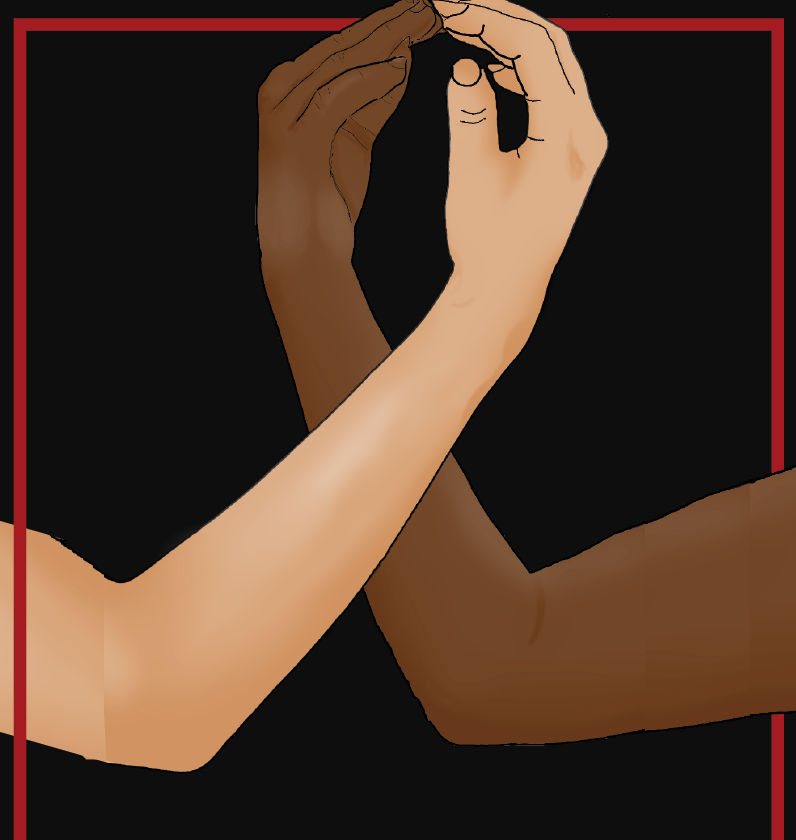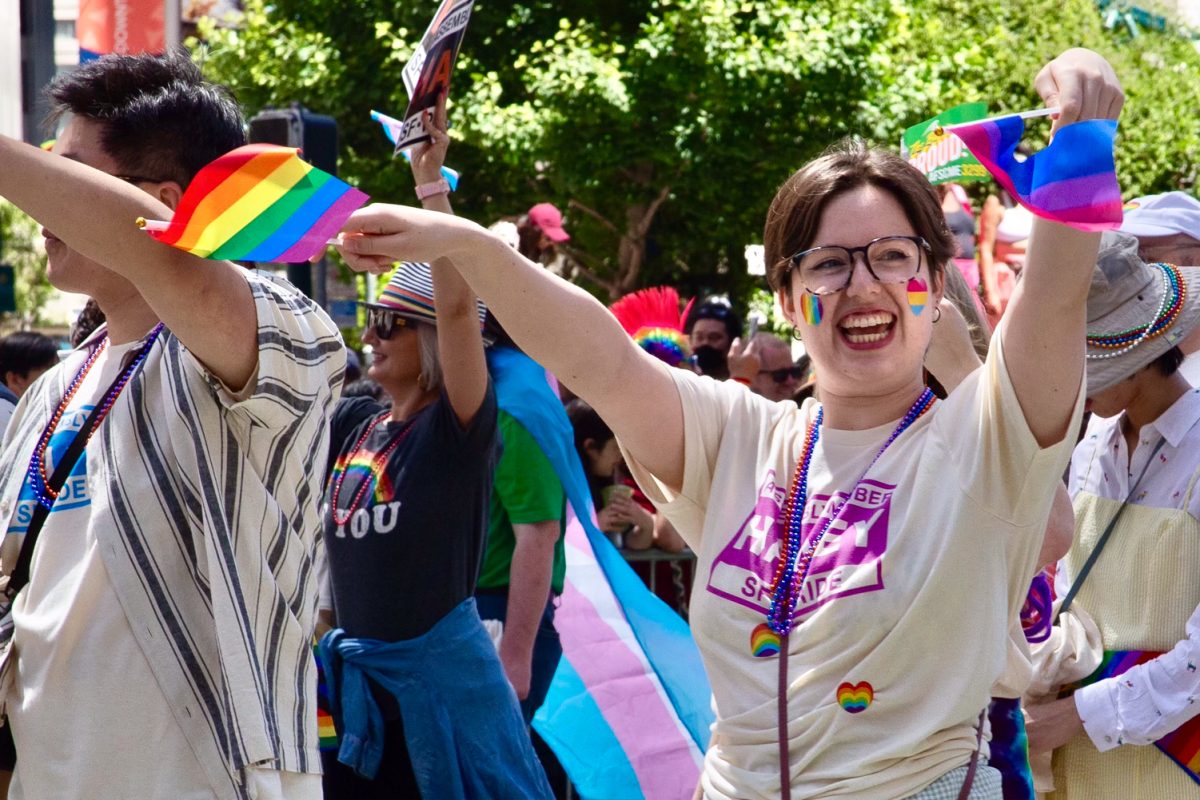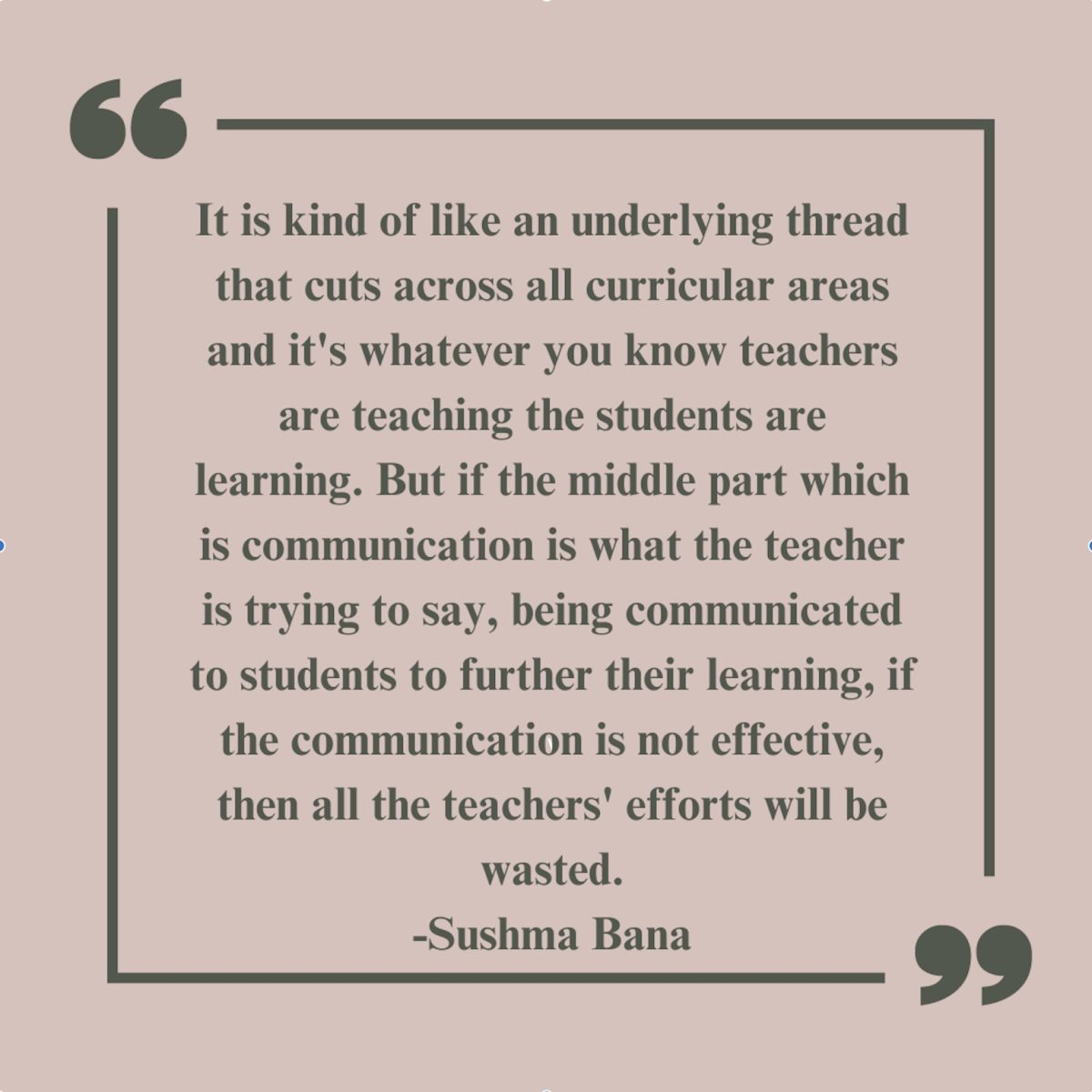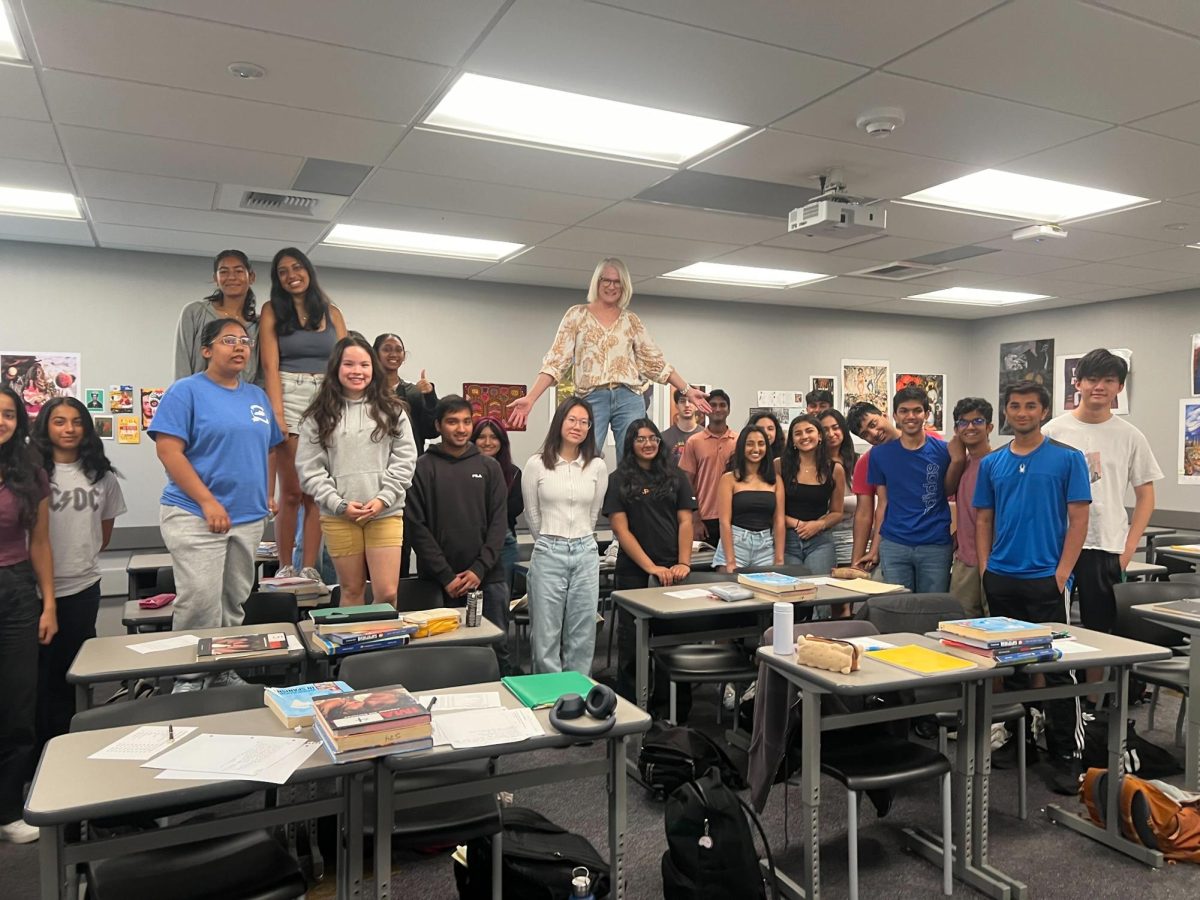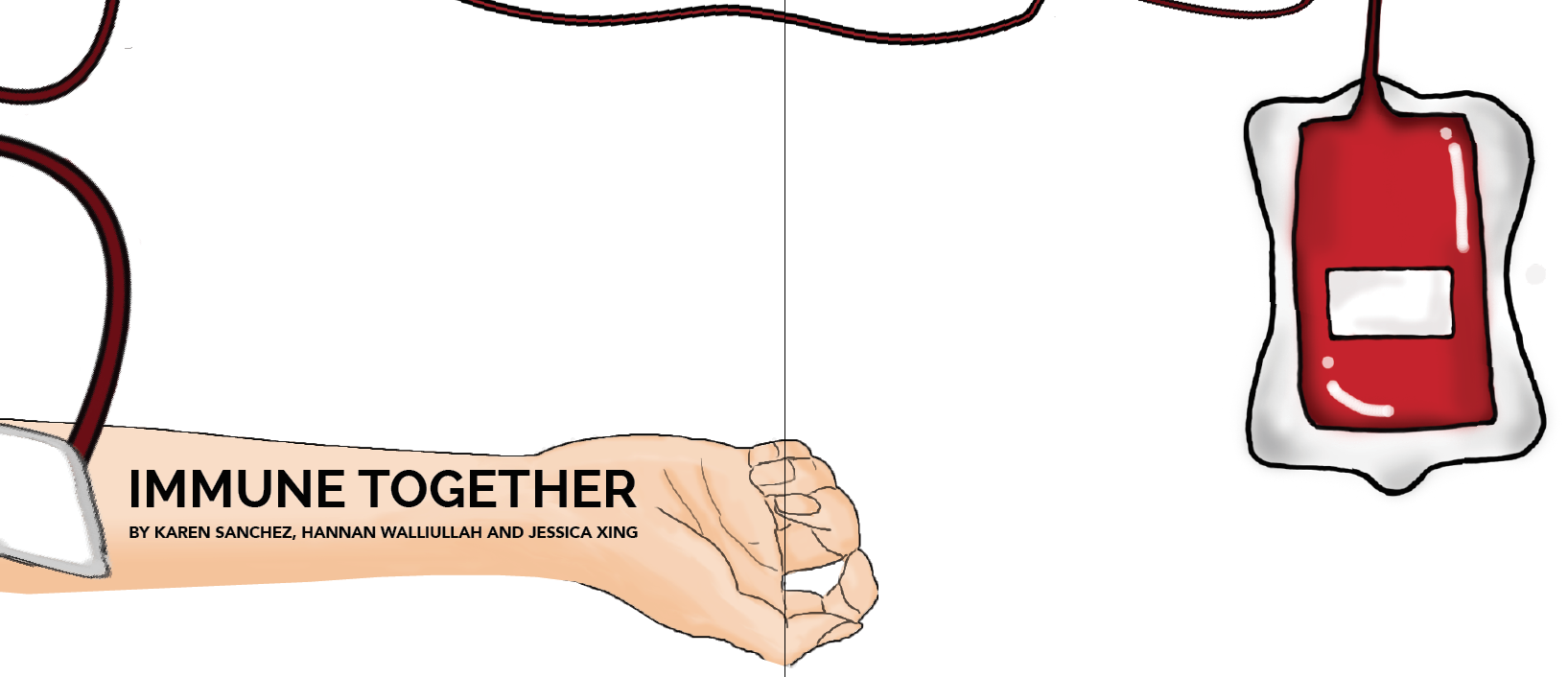
In 1981, AIDS was discovered in America as a rare lung infection in five gay men. In 1982, Santa Clara County HIV planning council co-chair and gay man Bob Reed moved to San Jose. In 1984, the first of his friends started to die.
In 1986, Reed tested positive for HIV, but the test only confirmed what he knew.
AIDS is no longer the death sentence it was 30 years ago, but it still left a significant impact on the American public. This can be seen in how people today deal with the lasting effects of the epidemic: through medication, through awareness, and despite the times, through fear. In 1988, December was named AIDS Awareness Month, but awareness happens through the little things: support groups, free HIV tests and, most importantly, through remembrance.
THE FIRST SIGNS OF HIV were found in in Los Angeles and began to pop up in San Francisco and New York where there was a high concentration of LGBTQ+ people. In 1982 the disease was first referred to as GRIDS, otherwise known as Gay Related Immune Deficiency Syndrome.
“A lot of my friends were in their twenties, and we thought we were going to die. So we just partied that much more, might as well have a good time before we die right?” Reed said. “We knew that something bad was going on but we didn’t know what it was; we just knew a lot of us were losing our friends.”
He worked as a nurse until he retired in 1997. Reed had to retire from his nursing job at the hospital in 1987 when he found out he was HIV positive, but later continued to work as a nurse in an HIV clinic in San Jose. He recounted the nurses at his hospital who refused to treat HIV positive patients and nurses at the HIV clinic who wouldn’t tell their family where they worked in fear of being shunned.
Science teacher Andrew Goldenkranz, who worked in public health at the time, remembered many people dying in isolation. Public community centers were being shut down, the gyms, places where people congregated — it made it easy for people to point fingers, for the disease to get politicized. Intravenous drug users and the LGBTQ+ community became scapegoats in a period of growing paranoia and fear.
“Early on the emphasis was on education and prevention,” Goldenkranz said. “We had to address everything one thing at a time because the reality of public health is that it’s a lot easier to scare people than it is to unscare them.”
The disease went from being called GRIDS to AIDS in 1982. In 1984, public health began to heavily emphasize safe sex, especially the use of condoms which became free in order to combat the AIDS epidemic, according to Goldenkranz. In 1986, the virus that caused AIDS was officially called HIV. AIDS was then understood as a failure of the immune system, HIV itself infecting T cells so the body was more susceptible to disease.
A lot of my friends were in their twenties, and we thought we were going to die. So we just partied that much more, might as well have a good time before we die right? Bob reed
But the fear was still present in light of the progress. The department manager from Reed’s apartment complex tried to get him and his son kicked out when she found out he was HIV positive.
“I can tell you I didn’t get kicked out, and the department manger left, so I won,” Reed said. “There was a great emotional cost [to having HIV]. I thought I was going to be dead within a year, within two years. I was a single parent and I didn’t know what I was going to do with my son. It was tears, doom and gloom, and it took a long time for that doom to go away.”
Goldenkranz elaborates on the fear in the community, the negative as well as positive reactions. There were many people dying; people would get sick, come out to their parents, and they would get kicked out, disowned. But as people reacted in fear, support systems began weaving their way through the community.
For Reed, his local gay AA group provided him and many young, gay men with support. He believes that drinking wasn’t the problem as much a lack of emotional support was. Goldenkranz recounts Cupertino’s action of support: the city sewed together a giant memorial quilt for their loved ones, a public testimony, which was laid on the football field, spanning from one side to the other at Cupertino High School.
“It was called the AIDS quilt and they would just put them in lines so you could walk around all around them,” Goldenkranz said. “After [Cupertino], people would do them in big cities like Golden Gate Park, or you go to National Mall and the quilt would go on for miles and that was when people were really starting to see the magnitude of what was happening.”
HIV IS A FLUID BORNE VIRUS — there are four main ways in which it spreads: blood, semen, vaginal secretions, and breast milk. In the 1980’s the questions surrounding the virus were driven by other’s paranoia: Could you share a toilet seat with someone who has AIDS? Could you get it from swapping sweat in a sports game? Could you get it from kissing someone?
These were the myths Goldenkranz worked to dispel when he began working as a middle school teacher in the Santa Cruz district in the 1980’s. His students would raise questions regarding spit, toilet seats and kissing. As it turns out, a person would need to exchange a quart of saliva with another person in order to transmit HIV.
“And since they were middle school kids, they thought it was so gross to even imagine a quart a saliva much less how it would get that into their body, that they decided not to worry about it anymore. So we did the same thing with sweat and soda bottles. We had to work around [the fear] through education.”
Progress has been made in strides — both in terms of medicine and of social perception. People with AIDS can live a long and fulfilling life; the FDA as of 2015 has lifted the lifetime ban on gay men donating blood, instead to 12 months.
And people have worked hard to achieve that progress. According to senior Kush Shankar, who’s a part of the LGBTQ+ community, the progress in the past has allowed the gay youth today not have as many “bad stories” regarding the epidemic.
The progress continues in centers such as Billy DeFrank Community Center. Located in San Jose, Billy DeFrank stands as a safe environment for members of the LGBTQ+ community. For the past 10 years, the organization has provided free HIV testing.
Crystal Haney has been the HIV testing facilitator for DeFrank for the past 14 years, and currently works in the organization that runs DeFrank’s HIV clinic, Asian Americans for Community Involvement, or AACI. She states that in getting free HIV testing, privacy and consent are the most important terms clients need in order to not only understand their rights, but also the responsibilities of the organization. Once tested, the organization provides a wide range of STD, mental health and rehabilitation referrals.
“Having it on site here encourages people to feel safe and secure in that there’s going to be less judgment than at another site, especially being an LGBTQ+ community center,” Haney said. “Anonymous testing allows for people to feel more comfortable — they don’t have to worry about their own personal life being disclosed to random individuals.”
Haney believes it’s important to properly manage the virus through awareness, as it allows someone to take the steps needed to prevent HIV infection and live a healthy life.
“We have very close ties with the communities, in fact most of our staff identifies as LGBTQ+,” Haney said. “Back then we didn’t have the Internet as such a big resource. You had the bars and then you had community centers, and there was some level of anonymity from the outside world. So by having a HIV testing clinic on site, people are already here, so why not get tested?”
When Reed quit his nursing job in 1987, he planned to retire, thinking he was going to die within the year. The HIV clinic in San Jose he then “stumbled upon” had been the first he’d seen; the only doctor he had seen regarding his HIV being the one who told him his T Cell count.
“I put in an application to see if I could get a job, and I did, because I was just excited to have found the clinic. It gave me hope actually, because a lot of people, we’d literally have hundreds of patients, but not very many of them died.” Reed said, “I wouldn’t have survived if i hadn’t come across this clinic.”
For a long time Reed said his disease made him complacent. But over the years, surviving and seeing progress “activated [him]”. In 2004, he joined the HIV council, a group that works to provide HIV/AIDS help to people who can’t afford it.
DESPITE THE PROGRESS, the fear that once prominent can still be felt throughout different communities, the lingering paranoia seen in, according to Shankar, people’s perception of AIDS and gay men — the 12 month restriction still perpetuating the stereotypes of gay men.
“[It’s a stereotype] that all that [gay men do] is have sex all of the time, which is why people think they are so susceptible to passing on AIDS,” Shankar said. “So that’s where [the gay plague] stems from. That’s why [blood drives] are hesitant of them donating blood because they think they are not truthful [about] their sexual activity.”
In the past, blood contaminated with AIDS has been used for heart operations, which is why modern day blood donation policies are strict about donors. Restrictions include male to male sexual contact, sexual contact with a prostitute or any female who has had sexual contact with a male who’s had previous sexual history with another male.
But as the fear falls more to the background, AIDS is perceived as less of an issue. Shankar, who is a part of a couple of LGBTQ+ Facebook groups, has seen the disease take a backseat to more pressing issues to the community currently.
“AIDS has really never come up.” Shankar said. “We started to focus on the other problems, such as discrimination and getting fair treatment because I don’t think any of us have really encountered AIDS as a problem, which is a good thing.”
But, with the recent outcome of the presidential elections, the fight against AIDS may have reached another pivotal point in history. Since Trump has become the 2017 president-elect, hate crimes have increased. And while Reed explains that the public has become more educated over the past few years, the stigma that Reed, along with the LGBTQ+ community, have been trying to erase, may soon reappear. He fears potential cuts in funding will considerably restrict his and others access to medication.
“People have been gay bashed or AIDS bashed in the name of the new administration,” Reed said, “and progress we’ve made towards stigma, although it [hasn’t been] completely undone because not everyone is that ignorant, we’ve been set back many years now, and [the] stigma will be a new persistent problem for a long time to come”.
Haney feels it’s important to keep AIDS awareness in perspective, no matter how progressive the treatment for the virus may become. There must be effort made into making sure the past is not repeated whether it be AIDS or any other STD.
“AIDS was a death sentence; it was something that people your age or a little older suffered. People that shouldn’t be getting sick. Whether on the medication or not, they were wasting away and dying. A shadow of their former selves,” Haney said. “It has come a long way from the imaginable death sentence. Now things look a lot better, but that’s meaningless if people don’t pay attention.”
















